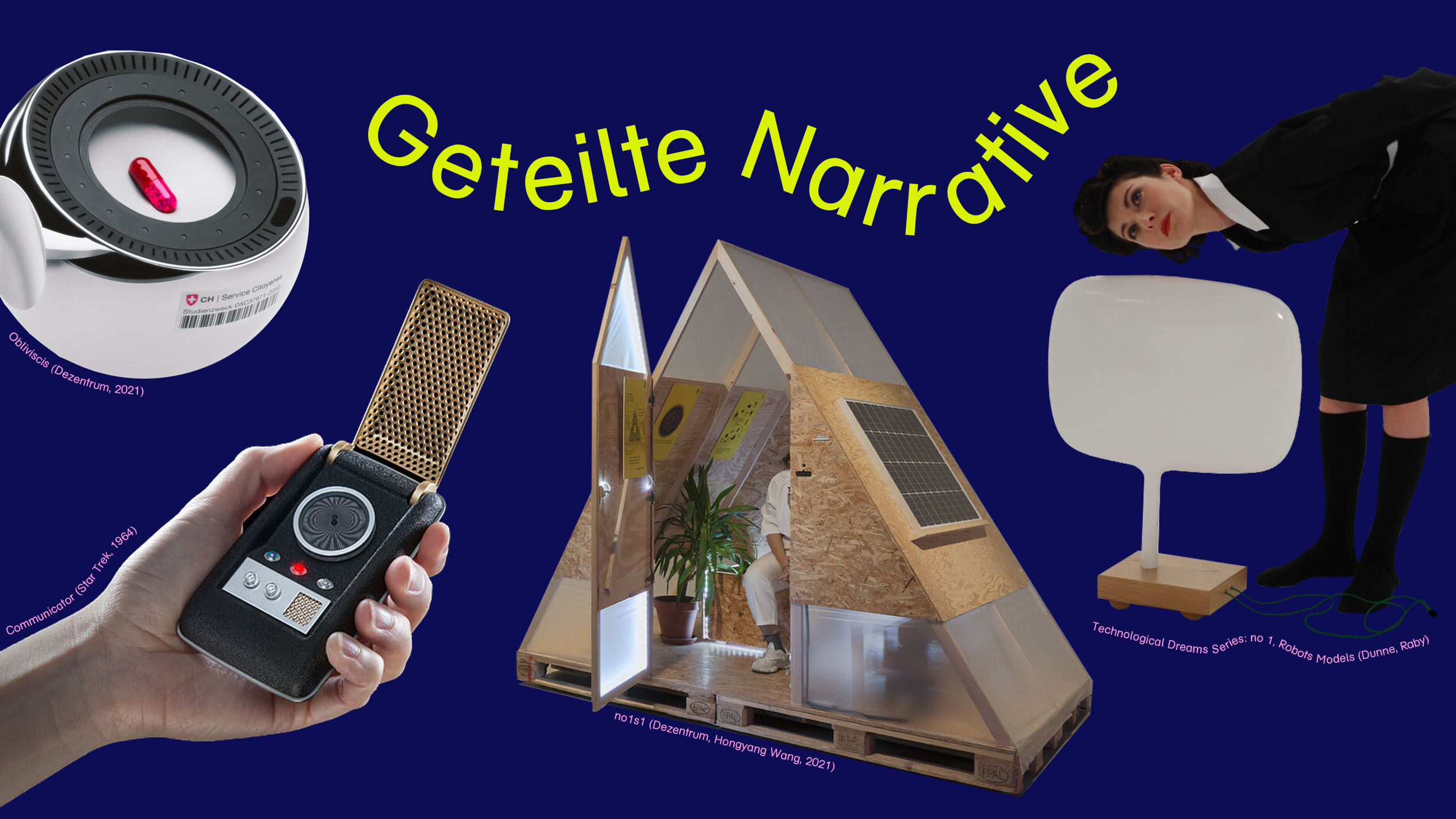What fundamental problem are you addressing?
There are many good ideas for a sustainable future. Social innovation projects are constantly creating new solutions — ecologically, economically and socially meaningful. And yet: Many of these ideas are not taking hold. What is the reason for that?
Our hypothesis: Social innovation rarely fails because of the quality of the solution — but often because of the narrative. Projects develop new ways of sharing, for example. But they often assume that their perspective is understood. Images deeply rooted in society — such as what ownership means — remain untouched. The mindset change that social innovation actually requires is not taking place.
The result is a communication style that prevents rather than promotes dialogue: Projects speak from an expert position and only reach their target audience to a limited extent. The result: Good solutions meet an unprepared counterpart — and fizzle out.
Our project starts here. We want to develop a tool that improves communication and communication of social innovation — and that in a way that enables real dialogue between project teams and the population. In doing so, we use a method of speculative design, with which we create narrative objects: ambivalent, ambiguous artifacts that do not instruct but irritate, inspire and encourage discussion.
Because narratives shape our idea of the future — anyone who doesn't provide images is overlooked. Social innovation has too few tangible artifacts and stories to generate resonance in public space. Transformation also requires cultural levers — not just technical or political ones.
Our starting point is the topic of sharing. At its core, sharing means a negotiation process between people; it is inherently dialogic. That is exactly why it is particularly suitable for working with speculative artifacts. We want to work with 1-2 projects from the FUS program that deal with new forms of sharing and develop such narratives together with them.
With our approach, we are not creating a new sharing platform in the traditional sense — but a new narrative tool, which supports existing sharing projects in strengthening their social connectivity. We make sharing visible not only as a function but as a cultural practice and invite a change of perspective from a rational value proposition to a more emotional, meaningful narrative.
Which habits would you like to change or mainstream through which approach?
Based on 1-2 FUS projects from the Sharing Sharing Shraring Challenge, our goal is to develop and document a method that makes social innovation more connectable with speculative design.
Speculative design is a transdisciplinary approach to future research that explores alternative models of society through the design of speculative artifacts and thus promotes critical reflection, public debate and imagination. The artifacts do not represent products in the classical sense, but serve as impulses for reflection and discussion.
The outcome of our project is an open-licensed playbook (Creative Commons) that documents the entire development process: from analyzing existing, entrenched narratives to the challenges of communicating social innovation to designing new images and speculative artifacts. The playbook provides practical instructions on how to transfer the developed process to other projects — as a tool for all those who want to make their vision of a sustainable future visible, discussable and culturally connectable.
What would you like to work on during the booster?
We want to develop 1—2 speculative artifacts together with FUS projects to strengthen new narratives in the area of sharing. The findings and methods are published as a playbook.
Work steps:
- Selection and co-creation with 1-2 FUS projects
- Design and implementation of artifacts
- Public placement, exhibition or media distribution
- Documentation of the method and reflection within the team
Output at the end of the booster:
- 1—2 real, usable artifacts
- A tried and tested methodology that can be adopted by other social innovation projects
- A documented process with findings and recommendations for further use


